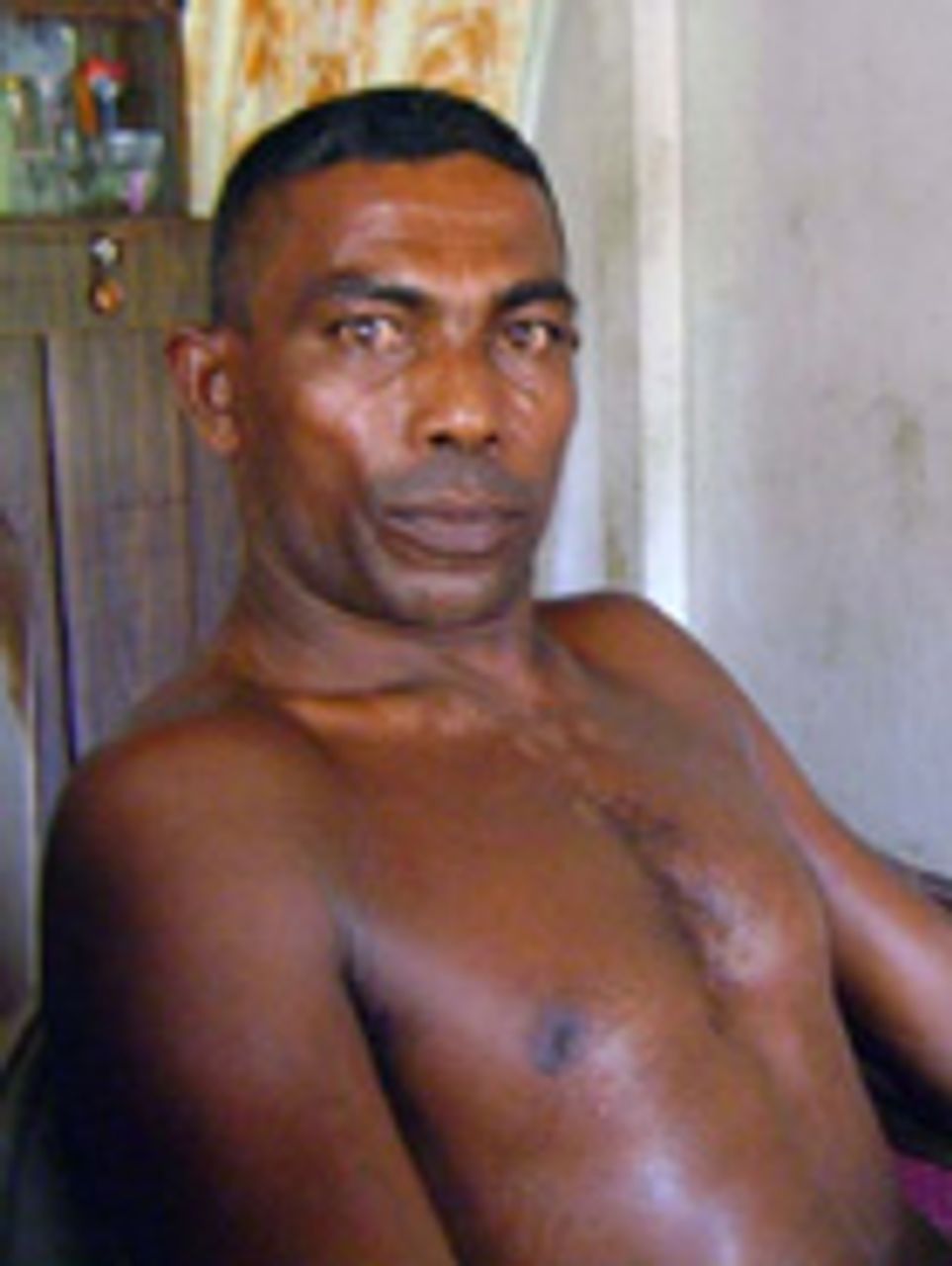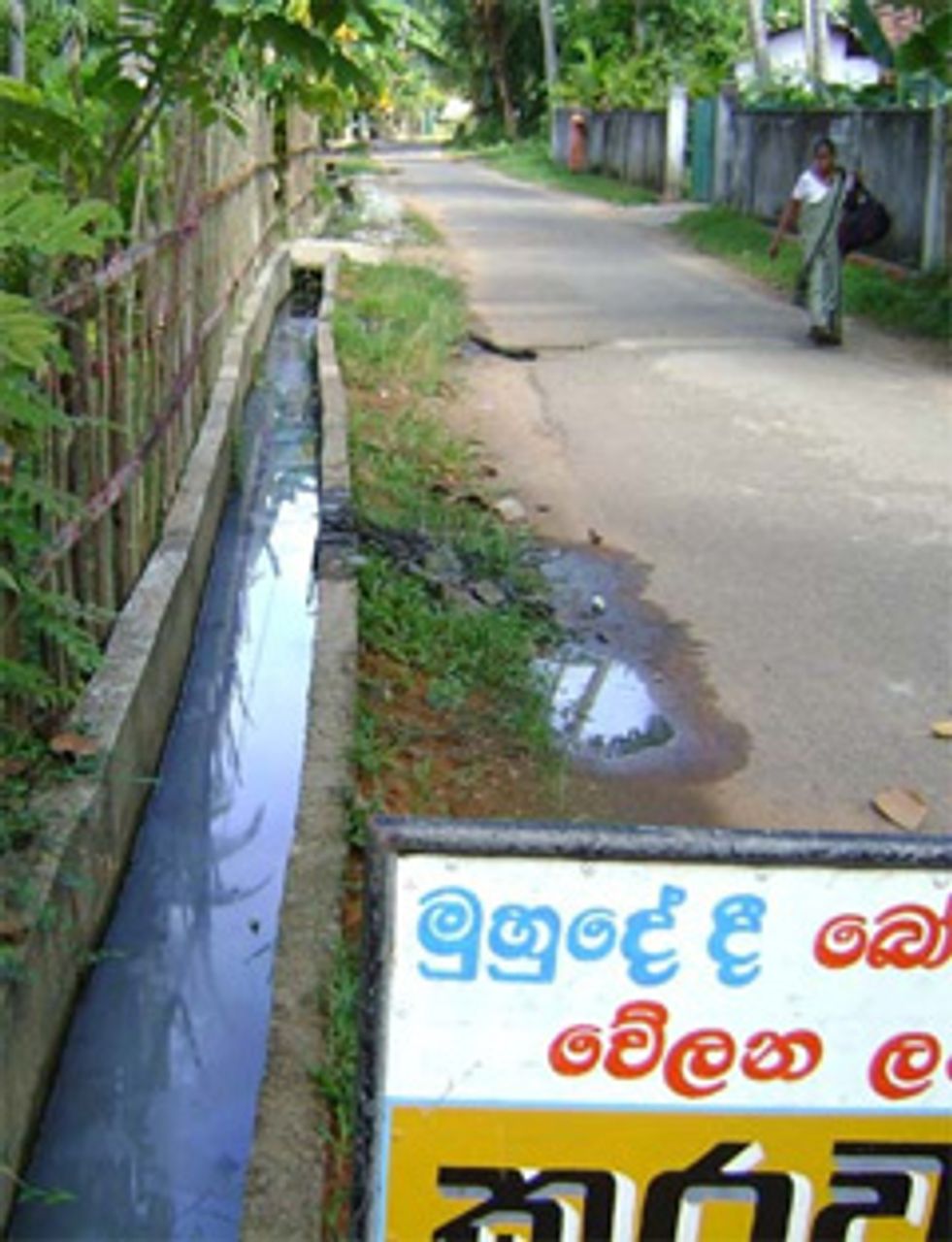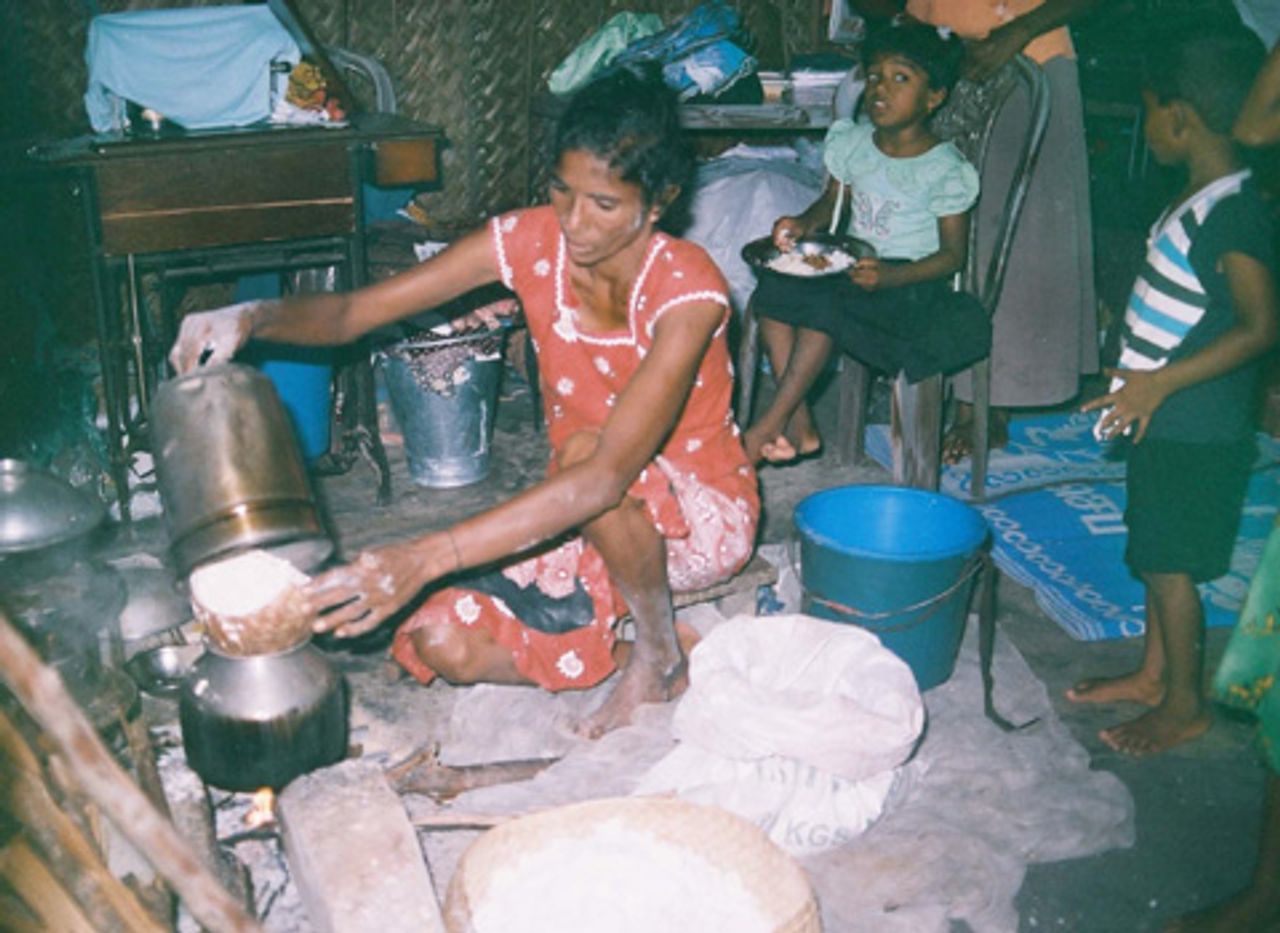December 26 marked the fifth anniversary of the devastating tsunami that was triggered by a massive earthquake off the Indonesian province of Aceh. At least 230,000 people were killed and another 1.7 million left homeless in 13 countries bordering the Indian Ocean, including Indonesia, India, Sri Lanka and Thailand.
After Indonesia, Sri Lanka was the worst hit. According to official figures, 30,920 people lost their lives and 117,372 houses were destroyed or damaged, leaving 562,601 people displaced. The overwhelming majority of those affected were poor.
Sri Lankan President Mahinda Rajapakse, who currently is standing for re-election, used the anniversary to declare that the tragedy was “thankfully in the past” and to claim that the survivors had rebuilt their lives with government and international aid. He again boasted that he won the war against the separatist Liberation Tigers of Tamil Eelam (LTTE), supposedly opening up a bright economic future for the island.
In his previous election campaign in 2005, Rajapakse promised to house the victims of the 2004 tsunami within six months—a pledge that was never kept. At the same time, he opposed an agreement with the LTTE to provide aid to areas under its control and in July 2006 plunged the island back to war. As a result, the East and North of the island were ravaged, not only by the tsunami, but another three years of civil war.
The government has increased military spending by more than 300 percent, pushing up the 2009 figure to 200 billion rupees ($US1.8 billion). By contrast, even according to government figures, the estimated post-tsunami reconstruction expenditure was $US3.2 billion over five years, much of it from international donors.
Transparency International has now called for an audit of the international aid, saying that of the $2.2 billion received by the Sri Lankan government, $603.4 million was spent on projects unrelated to the disaster and another half billion was missing. The government has not responded.
As in other countries hit by the tsunami, people are still struggling to rebuild their lives. While the media largely focuses on success stories, many survivors in Sri Lanka do not have proper housing, jobs and services. Poverty is still rampant.
In Kalmunai, a coastal town in the eastern Ampara district, at least 1,300 families are still waiting for permanent housing, according to government officials. Some are staying with relatives while others are living in ramshackle, tin sheet-roofed temporary shelters. The tsunami killed 8,500 people in Kalmunai, which was one of the worst-affected areas on the island.
A report published by the UN news agency IRIN on December 22, quoted Abdul Kareem, a resident of the Jiffery temporary shelter in Kalmunai, as saying: “We have heard that [promise of permanent houses] since the day after the tsunami.”
IRIN reported that residents lived in constant fear of fires due to electrical faults. “We have had one fire already,” Kareem said. Even the new housing units built for tsunami victims were not risk-free. “Two weeks before the fifth anniversary of the tsunami, heavy rains flooded drainage pits at the new tsunami housing scheme near the Sainathimaruthu mosque in Kalmunai,” the report stated.
One tsunami victim from Batticaloa, another eastern city, told the WSWS: “Even after five years, in a vast area from Batticaloa to Akkaraipattu, many people live in squalid conditions. During this rainy season people face a very difficult situation since they live in small tin sheet-roofed huts.” The family had been given just 200,000 rupees ($US1,820) to build a house, which was only enough to construct the walls and roof, forcing them to abandon their home for two months during the current wet season.
Selvaraja Jeyakumar, 32, from Onthachimadam, also in the East, said: “Though years have passed, we still have not been provided with a house. We are living in a temporary shed.” Asked about the government’s claims of “immense development” in the eastern province, he said: “Roads are being expanded for the investors but we are still in huts.” He estimated that more than 20 percent of the affected residents had no houses.
In southern parts of the island, some victims are still in temporary camps. WSWS reporters spoke to families living in an old Machinery Department building at Ratmalana, a southern Colombo suburb. The building had been vacant for years and was utterly dilapidated when it was used to house tsunami victims. Three out of the 172 families originally housed there remained. One resident explained: “We were not given houses because we had lived in rented huts. Only those who had lived in their own huts were given houses. Many were sent to new houses just three months ago.”
None of the adults in these households had any permanent income. Padmini Pereira, 60, commented: “Now we have been asked to leave these premises in return for 75,000 rupees. What can we do with that? It is less than six months’ wages.”
When our reporters visited Peraliya, a southern coastal village, 90 km south of Colombo, residents complained about the substandard houses provided. Cracked walls and damaged doors and windows were common. Residents complained about the risk of electric shocks due to faulty wiring.
 Ranjith
RanjithRanjith, 42, a fisherman, said: “No house we received in this area was built to the required standards. Even with a little rain, every corner gets wet. The door frames started to shake after a few months. Residents had to replace doors and locks.”
The government took no responsibility for providing houses. Most were built by local and international non-government organisations. Contractors earned huge profits by building substandard houses. Ranjith added: “After neglecting us completely, the government was not even bothered about the standards of the houses. There was no official mechanism to supervise the standards.”
 Blocked drain in Peraliya
Blocked drain in PeraliyaIn Peraliya, the drains on both sides of roads were blocked and the accumulated water was dark black with a bad smell. Villagers complained that the drains were mosquito-breeding centres, causing diseases among children. Asked about the response of politicians, a housewife said: “Don’t talk about them. No local or national-level politician has come here to see our conditions. We don’t have any institute or person to complain to. Now they are going to hold the presidential elections but elections make nothing good for us.”
Another major problem confronted by tsunami victims is the lack of transport facilities where they have been settled by authorities. K. Ganga from Walahanduwa, a tsunami housing scheme in the southern Galle district, told IRIN: “This is like living in the middle of a jungle, so far away from the next village.”
Throughout the northern Jaffna area, tsunami survivors have yet to receive proper housing. Manitkadu was the worst affected village in the Jaffna Peninsula. About 170 people died when huge tidal waves hit this fishing village 38 km from Jaffna town. The survivors are still living in considerable hardship.
 Poor conditions in Sinnakadal house
Poor conditions in Sinnakadal houseFor nearly five years, the residents were kept at a camp three kilometres away. They were told that houses were being built for them at nearby Sinnakadal village, but the army did not allow them to go there once the war resumed.
In October, the security forces suddenly told them to leave for Sinnakadal, even though the houses were only half-built. After the wet season began, the houses flooded up to three feet deep. One villager told the WSWS: “Manitkadu, a highland, was wiped out by the tsunami. Sinnakadal is lowland. What will happen when another tsunami comes? Over the past five years we have faced the war, which was another tsunami.”
Another villager, who was recently released with his family from a government detention camp, said he had been given just 25,000 rupees—only enough to prepare the land for a house. The family was now living in a thatched house and his wife had recently given birth to a child. “We are living here in a helpless position,” he said angrily.
Flood-affected villagers had been provided with limited dry rations for two weeks only. Many people had gone to stay with relatives living in areas not affected by floods. One villager explained: “A private contractor built about 10 houses, but they are now flooded. No wells were built for many houses and none has a toilet. People are using nearby shrubs for toilet purposes. [Government minister] Douglas Devananda recently visited here and promised to fulfil all amenities in two weeks. But one month has passed and nothing has happened.”
